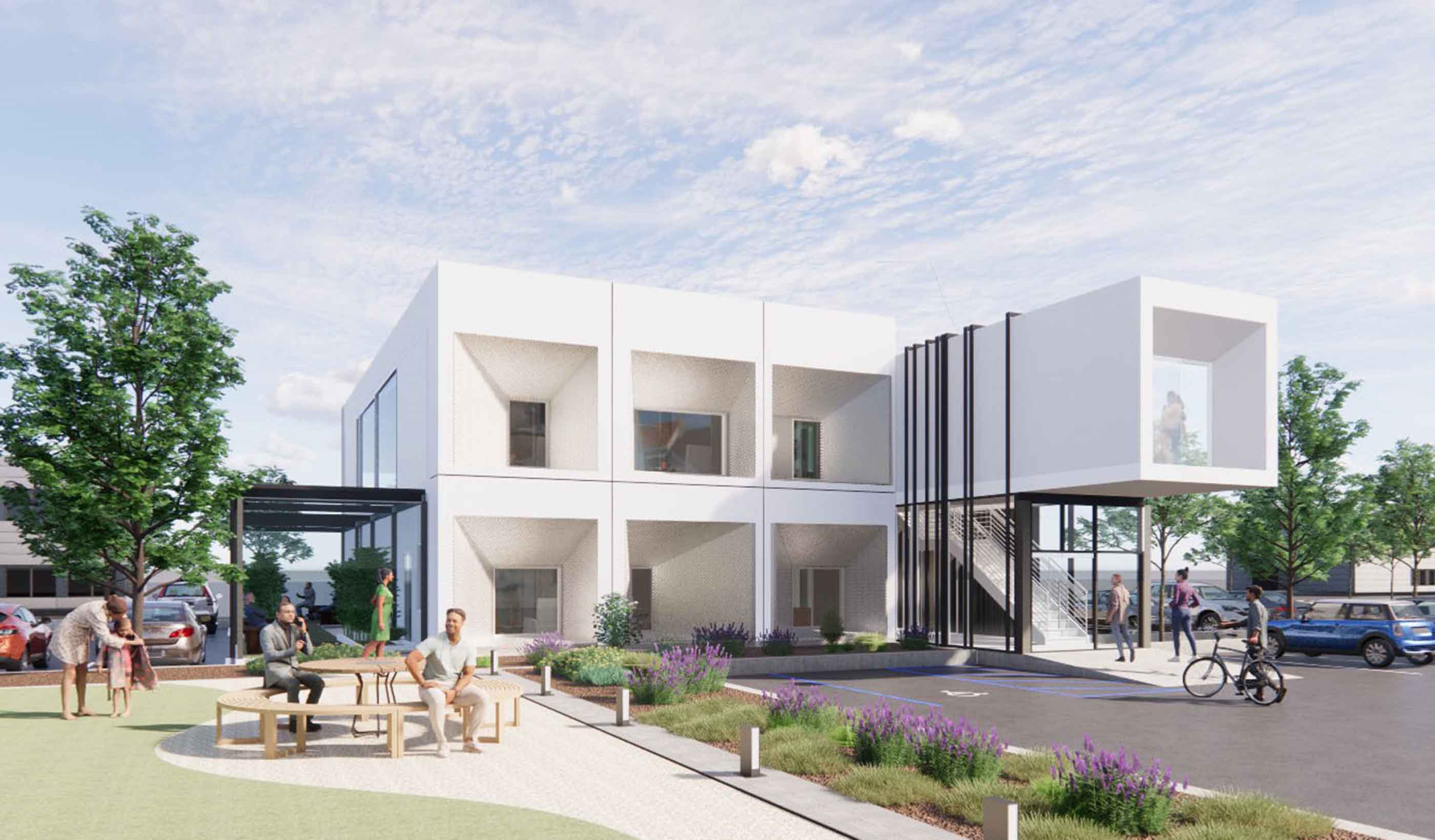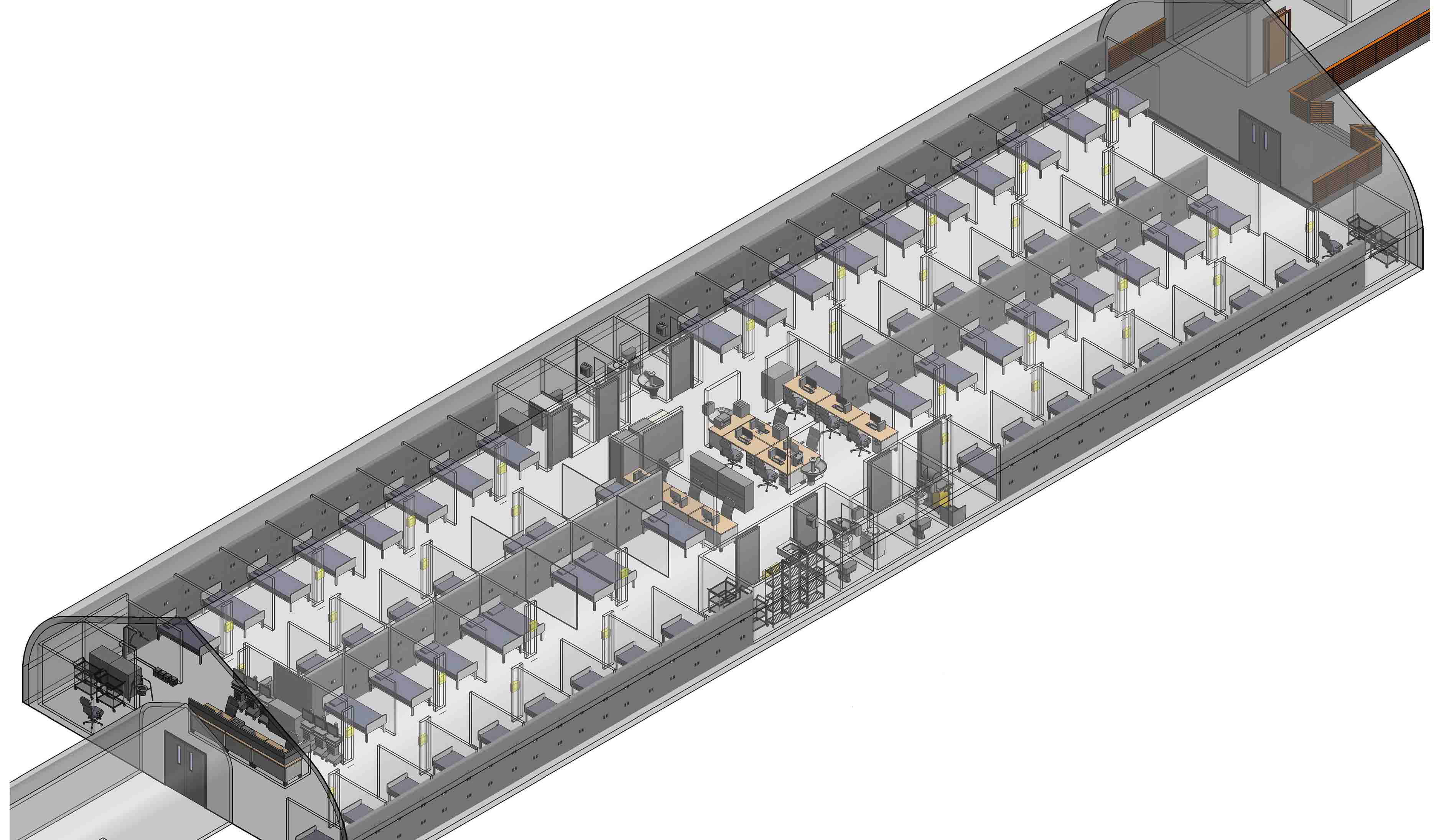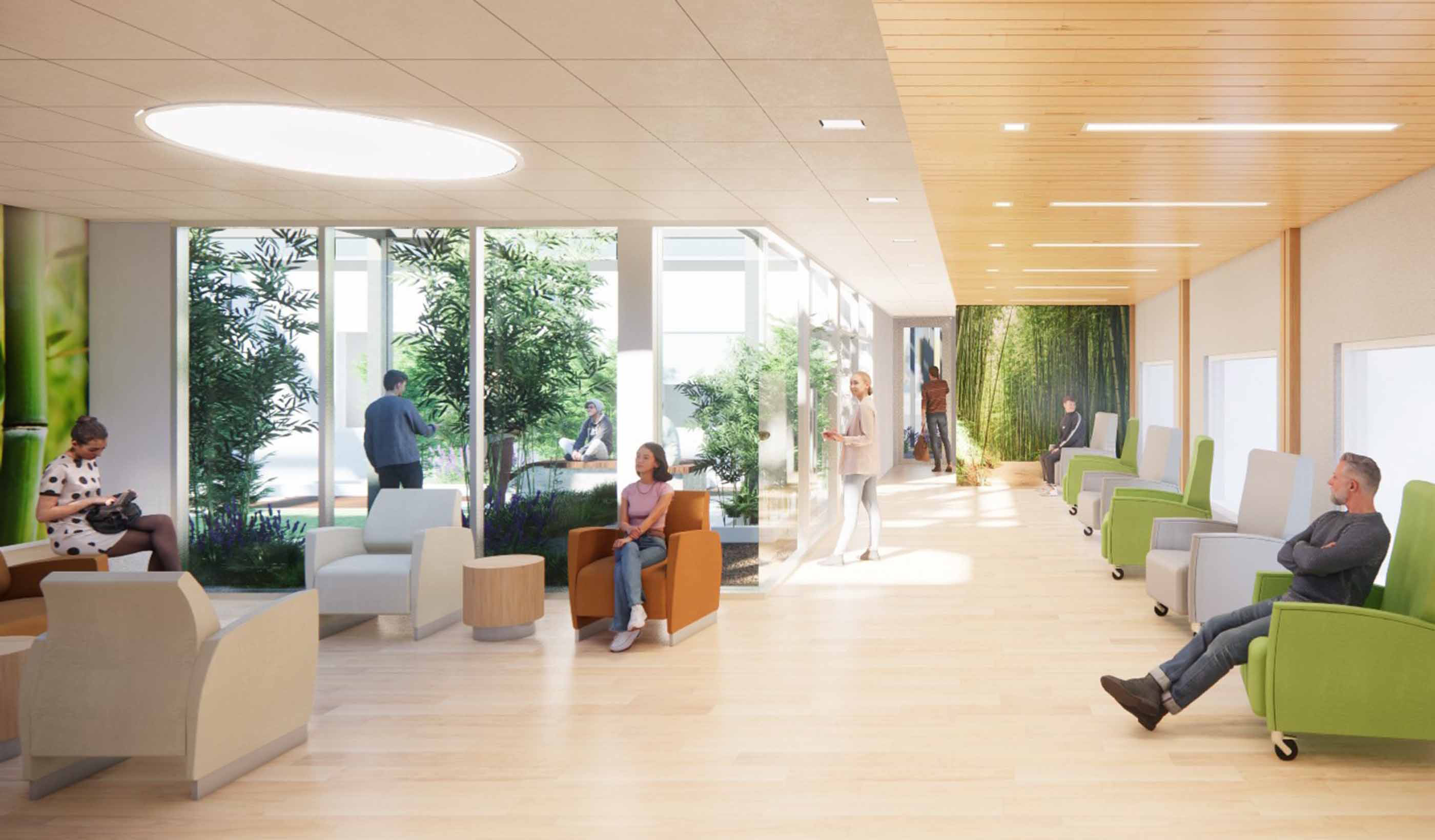Roughly a quarter of the U.S. population confronts a mental health challenge each year. Half will go undiagnosed and untreated. Emergency departments (ED) remain the overwhelmed gatekeepers—the first point of entry into the healthcare system for people in crisis.
Data shows skyrocketing rates of admission for those experiencing a mental health crisis. The average ED wait time for a referral is seven to 10 hours. Some patients wait for days, even weeks, for transfers to the proper level of care. The statistics are staggering.
While those stats are for the U.S., this demand for mental health care transcends geography and variations in healthcare delivery systems. Canada, Australia, and the United Kingdom each spend more on mental health as a percentage of health spending than the U.S. And yet they have similar challenges in waiting times for patients with a mental health diagnosis.

We can make a difference. And the solution includes elements that already exist. What should we do? Combine proven modular design solutions and successful hub-and-spoke approaches to delivering mental health services. Here’s a look at how those two methods mesh.
1. Modular design for rapid response and ED relief
We can apply much of what we learned about design for rapid response during the COVID-19 pandemic to this mental health crisis. These solutions often kept patients away from the hospital EDs altogether.
Our healthcare team designed the Pandemic Response Unit (PRU) for the Peter Lougheed Hospital in Calgary, Alberta, to respond to COVID. This successful structural conversion was designed to ease flow and capacity issues in the ED. In just 22 days, the hospital added more than 60 examination spaces next to the ED.
The separate prefabricated structure by Sprung Structures uses modular Falkbuilt headwalls. Clinicians called the newly built structure “a godsend.” They plan to keep using it as an ED overflow space for other types of patients.

2. Regional, distributed care of modular crisis units
As we also observed during the pandemic, healthcare systems with a distributed, robust presence in the community are resilient. These systems can convert assets and scale rapidly.
The John George Psychiatric (JGPH) Emergency Services facility in Alameda County, Calif., works with 11 EDs in the region. It receives medically stable patients in need of mental health assessments and referrals. The Alameda model focuses on speedy treatment in an outpatient setting. It bypasses medical emergency rooms completely in two-thirds of cases, further reducing issues of regional overcrowding.
What if we could we bring together rapid deployment of modular crisis units and the mental health crisis hub to meet demand?
Application of modular prefab crisis units
Designed to fit in the width of a standard parking aisle, these PRU-inspired units can be accessed directly or connected to a hospital. We can design these crisis units as ambulatory healthcare settings. Thus, they can handle stays of up to 23 hours for those in mental health crisis. We can even design specialized units to promote well-being and healing.
So, where do these units go?
Regional hospitals can add these modular crisis units, creating new hubs to receive those community members. As in the Alameda model, one of these hubs could act to divert from multiple hospital EDs and offer the right level of care for those in crisis.
Benefits to the hospital, community
Our research shows that for every patient a hospital can transfer out of the ED into a dedicated modular crisis unit, up to three other patients could be seen by the care team and treated in that same ED. In the U.S., the average cost to an ED to board a psychiatric patient is $2,264. For many hospitals, the modular crisis unit presents an opportunity to increase efficiency and ED throughput.
Consider the potential time (and budget) freed in the schedule of ambulance and police services. It’s typical for either police or the paramedics to go with these patients for part of their ED stay. It is potentially several hours. With modular mental health, this isn’t necessary.
An additional benefit of this rapid response hub-and-spoke model? It makes specialized mental health care available to rural communities in the region.
Benefits of a modular prefabricated solution
The modular prefab units retain and recover value. They are reusable, adaptable, and recyclable. We can design them for incremental, organic growth as the needs of the health network evolve. When compared with traditional construction, a modular solution offers substantial benefits, beyond schedule and cost. By utilizing prefab, we can:
- Achieve better quality control and lower embodied carbon during construction. Factories making prefab components are better able to control emissions compared to traditional construction sites.
- Shorten the onsite construction time.
- Employ plug-and-play assembly. This allows us to adapt, reuse, and recycle the modules.
- Design and build steel structure modular buildings to be as wind- or earthquake-resistant as traditional structures.
- Achieve better indoor air quality. Factory-based construction reduces off-gassing of volatile organic compounds from sealants and adhesives.
- Minimize disruption from noise and pollution to the community. Prefab reduces site traffic and site material storage needs.

Supportive patient experience
Ideally, modular crisis centers strengthen a system’s resilience and ability to meet the community’s mental health needs. But their biggest positive impact is on the patient experience. We can design modular units with therapeutic gardens and patios to provide a supportive environment. Access to sunlight, fresh air, and nature can impact a person experiencing a mental health crisis.
Studies show proximity to greenery and immersion in nature lower anxiety and stress. Therapeutic gardens and green patios are key programmatic elements for these mental health units. With accessible layouts, these units will offer patients options in stimulation and engagement. Their natural elements provide a dramatic contrast to the average ED or hospital.
Integrated care team
A multidisciplinary team must staff these crisis stabilization units around the clock. They must be ready to meet the needs of people facing all levels of crisis. The team needs to include psychiatrists or psychiatric nurse practitioners, nurses, licensed and/or credentialed clinicians capable of completing assessments. Equally important is that peers with similar lived experience should be part of the team. Connecting with people who have “been there” can be a game changer.
Part of the solution
Rapid deployment of stand-alone, prefab crisis units can tip the scales toward meeting demand for mental health services. They allow for incremental growth. The use of modular crisis centers by health systems can allow EDs to see more patients, meet rural healthcare needs, and save hospitals money.
There are many care gaps for patients with mental health issues in most of our healthcare systems. This modular approach is a quick way to address a difficult pressure point. It gives our healthcare systems time to explore and deploy long-term solutions, including retraining providers and restructuring medical education curricula.
It could be, however, a powerful example of how designers, joining with our construction industry partners, can make a positive impact on the mental health crisis.
More from Author
Stantec | Jul 18, 2024
Why decarbonizing hospitals smartly is better than electrification for healthcare design
Driven by new laws, regulations, tariffs, ESG goals, and thought leaders in the industry itself, healthcare institutions are embracing decarbonization to meet 2050 goals for emissions reductions.
Stantec | Jun 18, 2024
Could ‘smart’ building facades heat and cool buildings?
A promising research project looks at the possibilities for thermoelectric systems to thermally condition buildings, writes Mahsa Farid Mohajer, Sustainable Building Analyst with Stantec.
Stantec | Jun 8, 2024
8 ways to cool a factory
Whichever way you look at it—from a workplace wellness point of view or from a competing for talent angle—there are good reasons to explore options for climate control in the factory workplace.
Stantec | Apr 18, 2024
The next destination: Passive design airports
Today, we can design airports that are climate resilient, durable, long-lasting, and healthy for occupants—we can design airports using Passive House standards.
Stantec | Nov 20, 2023
8 strategies for multifamily passive house design projects
Stantec's Brett Lambert, Principal of Architecture and Passive House Certified Consultant, uses the Northland Newton Development project to guide designers with eight tips for designing multifamily passive house projects.
Stantec | Apr 10, 2023
Implementing human-centric design in operations and maintenance facilities
Stantec's Ryan Odell suggests using the human experience to advance OMSF design that puts a focus on wellness and efficiency.
Stantec | Jul 6, 2022
5 approaches to a net zero strategy that communities can start right now
Whether your community has started on a plan or is still considering net zero, now is the time for all of us to start seriously addressing climate change.
Stantec | Feb 14, 2022
5 steps to remake suburbs into green communities where people want to live, work, and play
Stantec's John Bachmann offers proven tactic for retrofitting communities for success in the post-COVID era.
Stantec | Feb 8, 2022
How gaming technology is changing the way we design for acoustics
Adding 3D sound from gaming engines to VR allows designers to represent accurate acoustic conditions to clients during design.
Stantec | Dec 15, 2021
EV is the bridge to transit’s AV revolution—and now is the time to start building it
Thinking holistically about a technology-enabled customer experience will make transit a mode of choice for more people.
















